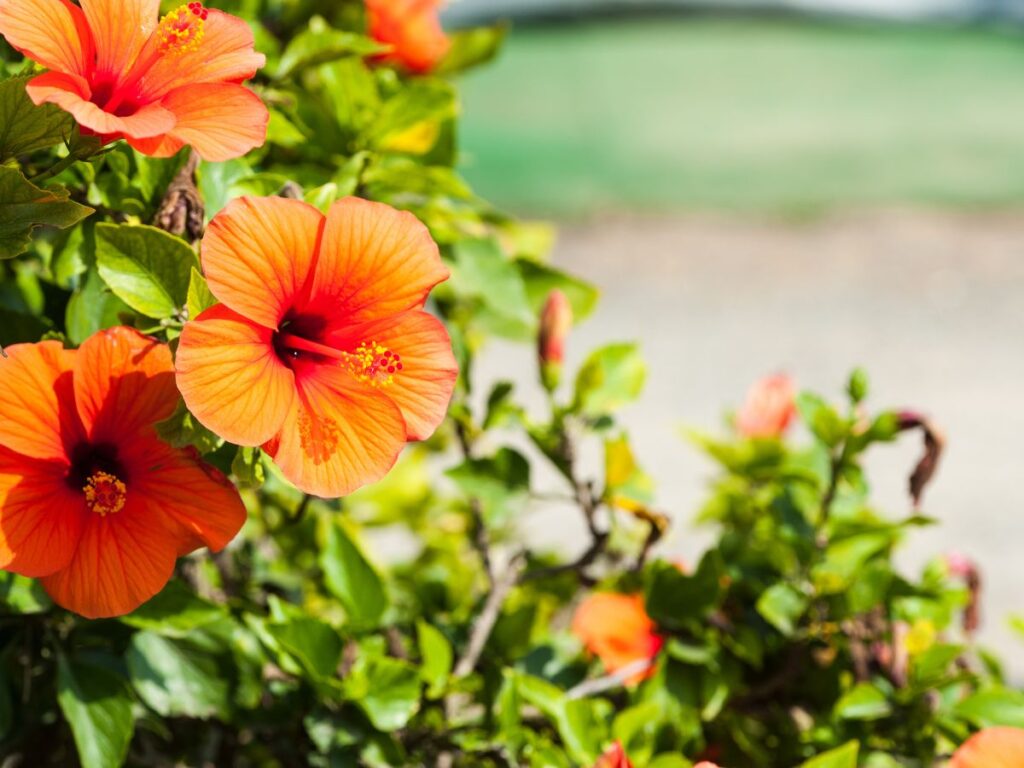Love vibrant hibiscus blooms?
Deadheading is key to keeping them beautiful.
Learn the right way to deadhead your hibiscus plants.
It’s easier than you think!
Ready to enhance your garden?
Let’s get started!
What is Deadheading Hibiscus
Revitalizing your hibiscus involves the timely removal of wilted or spent flowers. This practice not only enhances the plant’s appearance but also invigorates its growth. Recognize the deteriorating flowers by their discoloration and wilting—a typical hibiscus bloom wilts soon after blossoming, usually within a day or two.
- Identify old blooms. Look for flowers that are wilting, fading, or drying up. Hibiscus blooms usually last only a day or two before they start to decline. These spent blooms are easy to spot because they lose their vibrant color and begin to droop.
- Picking the right tool. Use clean, sharp scissors or pruning shears. Sterilize them before use to prevent spreading diseases between plants.
- Cutting the right way. Cut the stem just below the base of the spent bloom, right above the first set of healthy leaves. This promotes healthier new growth and more flowers.
- Cleaning up dead blooms. Don’t leave the cut blooms on the ground as they can attract pests or diseases. Dispose of them in a compost bin or garbage.
- Watch for new growth. After deadheading, keep an eye on your hibiscus. You should see new buds forming within a few weeks.
By following these steps, you’ll keep your hibiscus healthy and beautiful, encouraging it to produce fresh, vibrant flowers.


